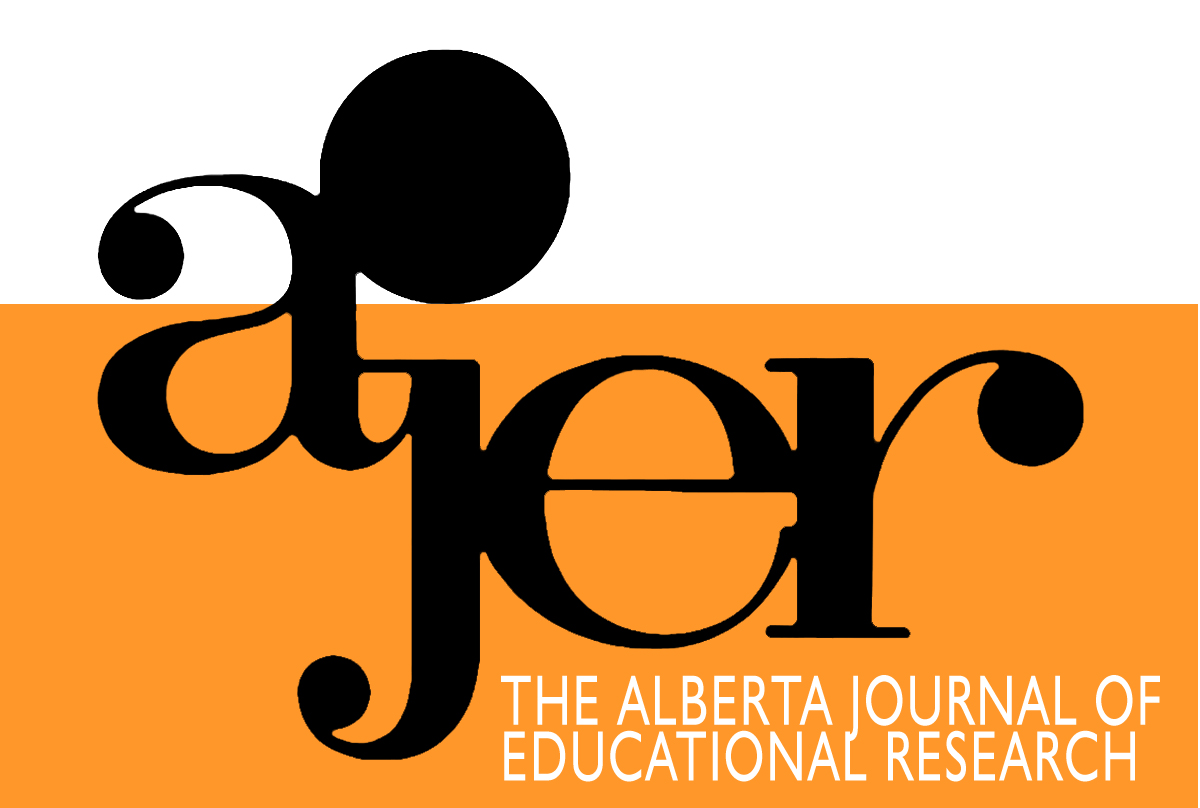The Hazards of Growing Up: A Study of the Changing Mechanisms of Bullying Among Girls in Shenzhen
DOI:
https://doi.org/10.55016/ojs/ajer.v58i1.55555Keywords:
bullying, aggression, frustration, stressAbstract
Among the many contending theories of bullying, the widely accepted thesis known as frustration-aggression assumes that bullying is a form of aggressive behavior induced by external stress. Recently, researchers have discovered that the relationship between external stressors and bullying is sometimes moderated by internal frustration. The present investigation is an attempt to examine which of the above mechanisms can better explain female students’ bullying behaviors. Data analysis, using structural equation modeling, was based on 1,069 girls selected from 14 primary schools and 16 junior secondary schools in Shenzhen, China. The result of the analysis suggests that while bullying by girls in primary schools is directly related to external stress, bullying in secondary schools is moderated by internal frustration. The authors suggest that several risk factors, namely, (a) the competitiveness of the education system, (b) socialization processes within families and schools, and (c) developmental changes in females during puberty, may be contributing to the difference between bullying mechanisms in primary and secondary schools.Parmi les nombreuses théories contraires portant sur l'intimidation, la thèse largement acceptée, connue sous le nom de frustration-agression postule que l'intimidation est une forme de comportement agressif provoqué par le stress externe. Les chercheurs ont récemment découvert que le rapport entre les agents de stress externes et l'intimidation est parfois modéré par la frustration interne. La présente étude vise à déterminer lesquels de ces mécanismes expliquent le mieux les comportements d'intimidation par les élèves. L'analyse de données, suivant la modélisation par équation structurelle, était basée sur 1 069 filles sélectionnées de 14 écoles primaires et 16 écoles secondaires à Shenzhen, en Chine. Les résultats de l'analyse donnent à penser que l'intimidation par les filles à l'école primaire est directement liée au stress externe, alors que l'intimidation à l'école secondaire est modérée par la frustration interne. Les auteurs proposent qu'il est possible que plusieurs facteurs de risque, notamment (a) la compétitivité du système d'éducation, (b) les processus de socialisation en sein des familles et des écoles et (c) les changements de croissance chez les filles pendant la puberté, contribuent aux différences entre les mécanismes d'intimidation à l'école primaire et à l'école secondaire.
Downloads
Issue
Section
License
UNIVERSITY OF ALBERTA COPYRIGHT LICENSE AND PUBLICATION AGREEMENT
If accepted, authors will be asked to sign a copyright agreement with the following points:
A. Where there is any inconsistency between this Copyright License and Publication Agreement and any other document or agreement in relation to the same subject matter, the terms of this Agreement shall govern.
B. This document sets out the rights you are granting in relation to publication of your article, book review, or research note entitled (the “Article”) through inclusion in the academic journal titled Alberta Journal of Educational Research (the “Journal”) published through the Faculty of Education, representing the Governors of the University of Alberta (the “Journal Editor”).
C. There will be no payment to you for this publication and grant of rights. In consideration of the agreement to publish the Article in the Journal:
1. You are warranting that:
- the content of the Article is your original work, and its content does not contain any material infringing the copyright of others; or, where the Article is not entirely your original work, you have obtained all necessary permissions in writing to grant the rights you are giving in this agreement;
- the content of the Article does not contain any material that is defamatory of, or violates the privacy rights of, or discloses the confidential information of, any other person;
- the Article has not been published elsewhere in whole or in part, and you will not allow publication of the Article elsewhere without the consent of the Journal Editor;
- the names of all co-authors and contributors to the Article are:
2. You agree to license the copyright in the Article to the Journal Editor, on a worldwide, perpetual, royalty free basis; and to the extent required by the terms of this agreement. You shall retain the right at all times to be acknowledged as the/an author of the Article.
3. You further agree that the Journal Editor has the entitlement to deal with the Article as the Journal Editor sees fit, and including in the following manner;
- The right to print, publish, market, communicate and distribute the Article and the Journal, in this and any subsequent editions, in all media (including electronic media), in all languages, and in all territories, ing the full term of copyright, and including any form of the Article separated from the Journal, such as in a database, abstract, offprint, translation or otherwise, and to authorize third parties to do so;
- The right to register copyright of the Journal;
- The right to edit the Article, to conform to editorial policy as the Journal Editor sees fit.
4. If any co-author or contributor to the Article does not sign this agreement, the Journal Editor reserves the right to refuse to publish the Article.



